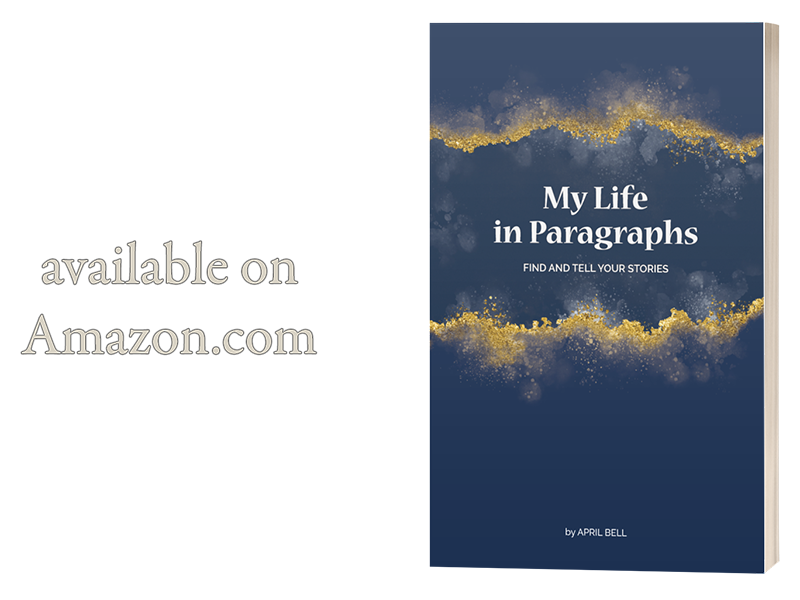The Human Library
Human Library Explained in a Minute by Human Library Oranization
When I first stumbled upon this concept some ten-plus years ago, I was instantly hooked. One day I’d like to run a human library. Would you come visit?
In a world where information flows freely through the vast web of the internet, and technology offers us virtual access to knowledge at our fingertips, the concept of the Human Library stands as a unique and profoundly impactful approach to understanding human experiences and fostering empathy. The Human Library is not a traditional library filled with books and shelves; rather, it is a living, breathing library where people are the books, and their life stories become the pages that readers can explore. This innovative approach to human interaction, education, and community building has gained traction worldwide, promoting understanding, breaking stereotypes, and encouraging conversations that lead to profound personal growth and societal change.
History of the Human Library
The idea of the Human Library was born in the late 1990s in Copenhagen, Denmark, through the collaborative efforts of Ronni Abergel, Dany Abergel, Christoffer Erichsen, and Asma Mouna. The founders envisioned a space where human beings could become open books, sharing their life experiences and perspectives with others. Their primary goal was to challenge stereotypes, prejudices, and discrimination by fostering meaningful dialogues between diverse individuals.
The first official Human Library event took place in 2000 at the Roskilde Festival, an annual music and arts festival in Denmark. During this event, visitors could “borrow” a human book for a limited period, usually around 30 minutes, engaging in candid conversations about the book’s life experiences, beliefs, and challenges. The concept proved to be a resounding success, sparking interest and enthusiasm among participants and paving the way for the Human Library to expand beyond its Danish origins.
Human Library Movement
At the core of the Human Library lies the belief that storytelling and face-to-face interactions have the power to create understanding, empathy, and positive change. Human beings are complex, and each person’s life story represents a unique narrative worth exploring. By listening to these stories, readers can gain new perspectives, challenge preconceived notions, and break down barriers that divide communities and societies.
The Human Library aims to address stereotypes and prejudices related to race, religion, gender, sexual orientation, disabilities, and other social identities. Through authentic human connections, readers have the opportunity to learn from the lived experiences of others and overcome ignorance and fear, ultimately promoting tolerance, respect, and inclusivity.
This transformative experience not only benefits the readers but also empowers the “human books” who can find a sense of empowerment through sharing their stories, being seen beyond their labels, and knowing they contribute to building a more understanding and compassionate society.
Borrow a Human Book
Creating a Human Library requires careful planning, organization, and community involvement. Below are the essential steps to set up a successful Human Library:
1. Define the Purpose and Theme:
Begin by defining the purpose of your Human Library and the specific stereotypes or prejudices you aim to address. Determine the theme that will guide the selection of human books and ensure a focused and impactful event.
2. Build a Diverse Team:
Assemble a diverse organizing team that represents different backgrounds, experiences, and perspectives. A variety of viewpoints will enhance the planning process and ensure a more inclusive event.
3. Engage with the Community:
Reach out to local organizations, community groups, educational institutions, and individuals to generate interest and support for the Human Library. Collaboration and partnerships are crucial for a successful event.
4. Recruit Human Books:
Identify potential human books who are willing to share their personal stories. Recruit individuals from diverse backgrounds and experiences, making sure to respect their boundaries and comfort levels.
5. Training and Support:
Provide training and support for the human books to help them effectively share their stories and handle potentially sensitive or challenging conversations. Offer guidance on boundaries and self-care during and after the event.
6. Venue and Logistics:
Secure an appropriate venue that can accommodate the event’s size and layout. Arrange for comfortable seating and privacy to facilitate one-on-one conversations between human books and readers.
7. Implement a Borrowing System:
Design a borrowing system that allows readers to select human books they would like to engage with. Allocate specific time slots for conversations to ensure a smooth flow of the event.
8. Supportive Environment:
Create a safe and respectful environment for all participants. Implement guidelines for behavior and ensure a supportive atmosphere free from judgment and hostility.
9. Facilitate Conversations:
Have facilitators available to assist readers and human books during their conversations. Facilitators can intervene if discussions become too challenging or guide participants towards deeper understanding.
10. Post-Event Evaluation:
Conduct post-event evaluations to gather feedback from participants, human books, and readers. Learn from the experience to improve future Human Library events.
Human Library Conversation
The Human Library stands as a powerful testament to the enduring potential of human connection and storytelling to dismantle prejudices, promote empathy, and foster social cohesion. From its humble beginnings in Denmark to its global expansion, the Human Library continues to inspire and transform communities by challenging the status quo and encouraging authentic conversations between individuals from diverse walks of life. As we navigate an ever-changing world, the Human Library remains a beacon of hope, reminding us of the immense power we hold as compassionate and open-minded human beings, capable of rewriting our collective narratives for a more inclusive and understanding future.
Let me know your thoughts on this concept. You can reach me at hello@aprilbell.com
 Blog Post Author:
Blog Post Author:
April Bell is a Professional Personal Historian and founder at Tree of Life Legacies. She has been operating her storytelling and wisdom keeping project in the San Francisco Bay Area and across the United States since 2008. April utilizes her innate skills as an active listener to connect with others and draw out their stories and authentic, heartfelt values to be preserved and shared for generations to come. Her clients include individuals, families and organizations who value the power of story. In an effort to provide the gift of video storytelling to the world at large via a simple, fun and easy to use tool, she and her business partner, iPhone app coder Urs Brauchli, released StoryCatcher® for iPhone. Available on the Apple App Store.
Fifty-Two Life Story Prompts
What are your struggles and triumphs, failures and successes? Where have you been, and who have you loved deeply? This book offers fifty-two provocative life story prompts to unearth the path you’ve walked and the moments you’ve held dear. It also guides you through telling your stories, one paragraph at a time, even if you don’t like to write. Explore your life with an open heart, and you’ll be gifted insights—and connections with loved ones—you’ll forever cherish.
by April Bell

Get StoryCatcher® on The Apple App Store
Easily create and share personal video stories. Your privacy is number one – once you download the app, you have 100% control over your media and data. My business partner, Urs Brauchli, and I started our co-creation of this app in 2011 to help people like you share more stories.




